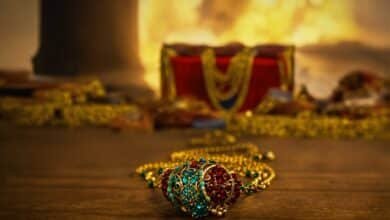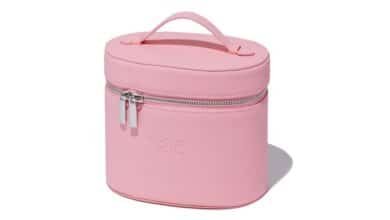Snip to Success Discovering the Right Scissors for Crafting and Sewing

This blog post highlights the importance of scissors for crafters and sewing enthusiasts, viewing them as essential tools that enhance creativity and project outcomes. It will explore various types of scissors, their specific uses, and tips for maintenance to ensure optimal performance. By the end, readers will understand how to choose the right pair for their needs and how the right scissors can elevate their crafting and sewing projects.
Overview of Essential Scissors Types Fabric Shears, Embroidery Scissors, Pinking Shears, and More
Scissors come in a surprising variety of shapes and sizes, each designed for unique purposes. For crafters and sewing enthusiasts, knowing which type to use can make all the difference in your final product. At the top of the list are fabric shears, which are a must-have for anyone working with textiles. Their long blades allow for smooth, continuous cutting, making them ideal for cutting large pieces of fabric with precision.
Next up are embroidery scissors, which are much smaller and feature sharp, fine tips perfect for detailed work. They are ideal for cutting threads and small pieces of fabric in tight spaces. Pinking shears, with their zigzag edges, are another essential tool. They are used to cut fabric in a way that prevents fraying, adding both function and flair to your projects.
Beyond these staples, there are also specialty scissors like applique scissors, which are designed for clipping close to the stitching line without damaging the fabric. Additionally, scissors for dog grooming are essential for maintaining your pet’s coat. Each type of scissor serves a specific purpose, and understanding these nuances can greatly enhance your crafting, sewing, and grooming projects.
Detailed Breakdown of Each Scissor Type Features, Uses, and Maintenance Tips
Fabric Shears
Fabric shears are the backbone of any sewing kit. Their long, sharp blades are designed to cut through the fabric easily, providing clean edges. These scissors often have one rounded tip to prevent snagging on fabric and a bent handle to keep the material flat on the table while cutting. This design helps maintain accuracy and precision, especially when cutting patterns or large swathes of fabric.
To keep your fabric shears in top condition, it’s crucial to use them solely for fabric. Avoid cutting paper or other materials, as this can dull the blades. Regular cleaning and occasional sharpening will also help maintain their effectiveness. A well-maintained pair of fabric shears can last for years and will be a reliable tool in any project.
Embroidery Scissors
Embroidery scissors are small but mighty. They’re designed for precision work, with sharp tips that can snip threads close to the fabric and access tight spaces. These scissors are essential for any intricate sewing or embroidery work, providing clean cuts without fraying the thread or fabric.
Maintenance of embroidery scissors involves regular cleaning and careful storage. Due to their sharp points, using a protective sheath when not in use is recommended to prevent accidental damage or injury. Periodic sharpening will keep them in tip-top shape, ensuring they remain a valuable asset to your crafting toolkit.
Pinking Shears
Pinking shears offer a unique function with their serrated blades. They cut fabric in a zigzag pattern, which helps minimize fraying by reducing the length of a raw edge. These scissors are particularly useful for finishing seams and adding decorative edges to fabric projects.
To maintain pinking shears, it’s important to clean them after each use, as fabric fibers can become lodged in the serrations. Sharpening pinking shears can be challenging due to their unique design, so using a professional sharpening service is advised. With proper care, pinking shears can provide a lifetime of reliable service, adding both form and function to your creations.
Best Practices for Choosing the Right Scissors for Different Projects
Selecting the right scissors for your project is key to achieving the best results. Start by considering the material you’ll be working with. For fabric, fabric shears are the obvious choice, while paper crafting might require specialized paper scissors. Embroidery scissors are perfect for detailed work while pinking shears are ideal for finishing edges.
Another factor to consider is comfort. Scissors come in various sizes and shapes, with different handle designs to suit different hand sizes and preferences. Ergonomic handles can help reduce hand fatigue during extended use, making the crafting process more enjoyable.
Finally, quality should be a priority. Investing in high-quality scissors may cost more upfront, but they offer greater durability and precision, ultimately saving you money in the long run. A good pair of scissors will provide clean cuts and maintain their sharpness, ensuring your projects always look professional.
Conclusion
Now that you have a better understanding of the various types of scissors and their uses, as well as tips for maintenance and selecting the right pair for your projects, it’s time to put this knowledge into practice. With the proper tools and techniques, your crafting and sewing projects are sure to stand out with clean cuts, precise details, and professional finishes.




